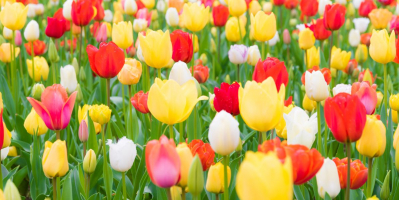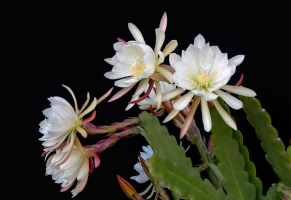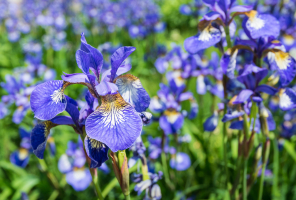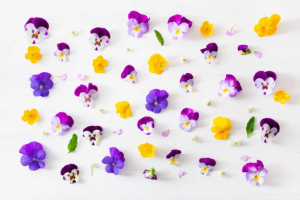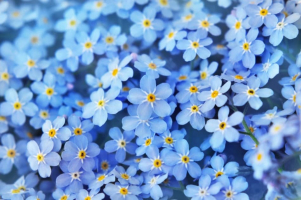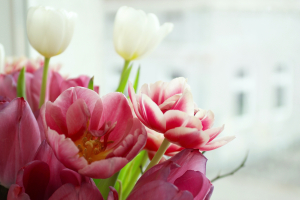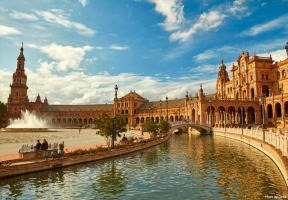Top 7 Most Rare Flowers
There are many reasons for a certain plant species to be special and rare. Flowers are also no exception, today according to many studies, many flower ... read more...varieties are becoming rare and listed in the list of conservation. To be able to protect your living environment healthily, you can refer to the article "Most Rare Flowers" to help you better understand the flowers that need protection today.
-
Monotropa uniflora is also known as ghost plant, ghost pipe, or Indian pipe, Red Indian Pipe which is an herbaceous perennial plant native to temperate regions of Asia, North America, and northern South America. What makes Monotropa uniflora special is a tree that has no chlorophyll and is one of the strangest plants that don't have the process of photosynthesis.
The plant is sometimes completely waxy white, but often has black flecks or pale pink coloration. On the other hand, Rare variants of the Red Indian Pipe may also have a deep red color, bell-shaped flowers. Red Indian Pipe is a parasite that uses a series of fungi and survives by mycorrhizae to derive energy from the roots of trees.Type of plant: parasitic herbaceous perennial.
Size: 2 to 12 inches tall (5 to 30 cm).
Conservation status: secure
Origin: Asia, North America and northern regions of South America.
Reason for being rare: rare color within the species.Refer to: https://www.gardeningchores.com/rare-flowers/
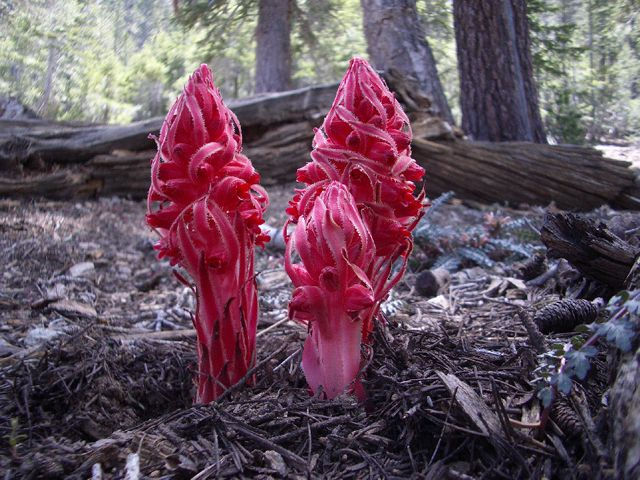
Source Pinterest 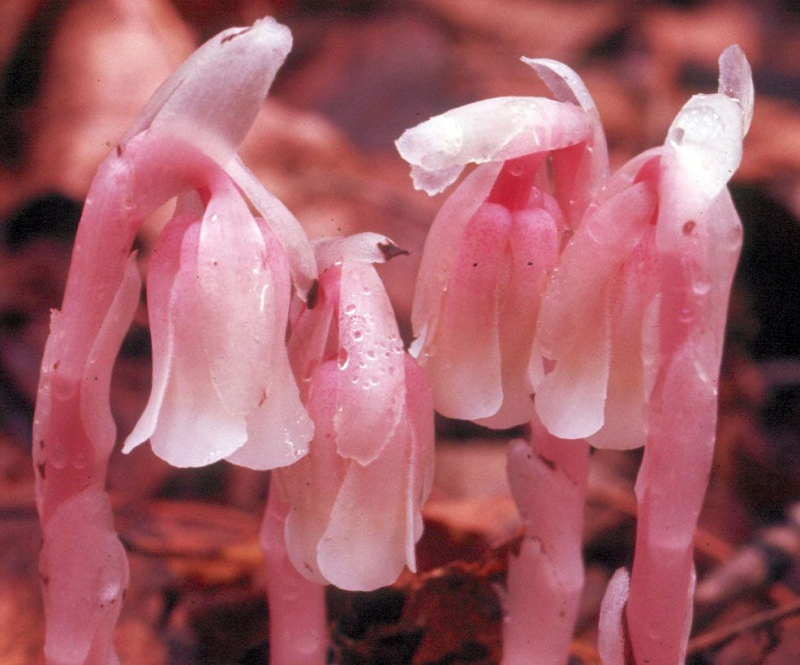
Source Pinterest -
Amorphophallus titanum, the titan arum, is a flowering plant in the family Araceae. The titan arum is considered a historic plant when it is listed in the Guinness Book of World Records as the tallest flower in the world when it weighs 339 lb. (153.9 Kg). The titan arum is also known as the corpse flower or corpse tree because it smells like a rotting corpse, or locally as the "rotten bride" due to its resemblance to the Tim Burton movie.
In addition, the titan arum has the world's largest unbranched inflorescence, the titan arum's berries arrange in a regular cylindrical form that resembles the packing of spheres inside confinement. These things have created the specialty of this flower, the titan arum is also a rare plant and attracts many tourists every year.Type of plant: bulbous flowering herbaceous perennial
Size: up to 12 feet tall (3.6 meters)
Conservation status: endangered.
Origin: only from equatorial rainforests of Sumatra in Indonesia.
Reason for being rare: limited environment and very rare blooming.Refer to: https://www.gardeningchores.com/rare-flowers/
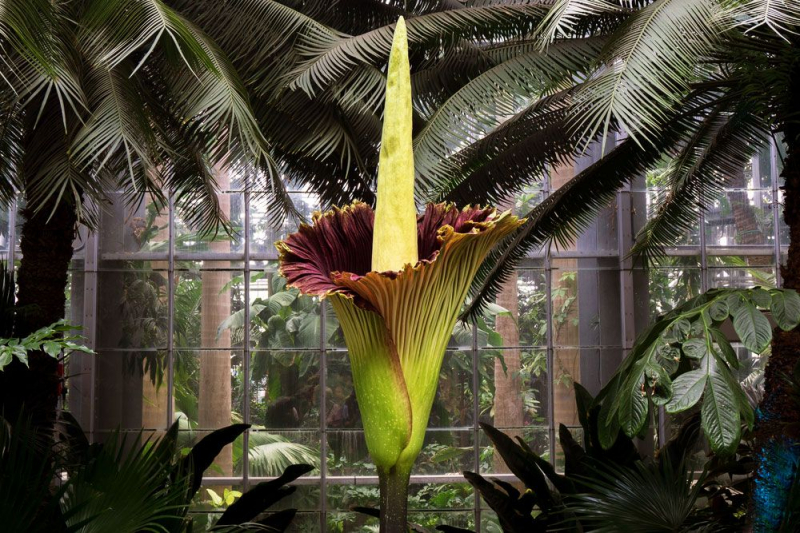
Source: Encyclopedia Britannica 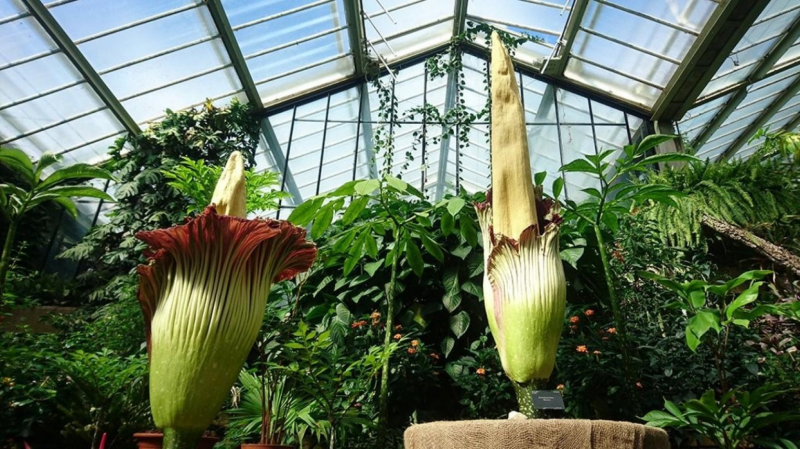
Source: Kew Gardens -
Rhizanthella gardneri or western underground orchid is a leafless, sympodial herb with a horizontal rhizome 60-120 mm below the soil surface. True to its name, western underground is a rare flower that grows underground and does not have much exposure to sunlight. After pollination, each flower produces a fleshy, berry-like fruit containing up to 150 seeds. During the summer from May to June the plant will produce about 100 small, inward-facing flowers that are pink to deep red or cream.
The color of the flowers is similar to that of a beautifully ripe pomegranate, with a strange shape and a living space few people find. This plant species was found in 1928, so far it is becoming an endangered plant species in the world that needs to be preserved and propagated.Type of plant: leafless herb.
Size: 2.4 to 4.7 inches as a whole (60 to 120 mm).
Conservation status: critically endangered.
Origin: southwest and western Australia.
Reason for being rare: its habitat has been destroyed to make room for arable land.Refer to: https://www.gardeningchores.com/rare-flowers/
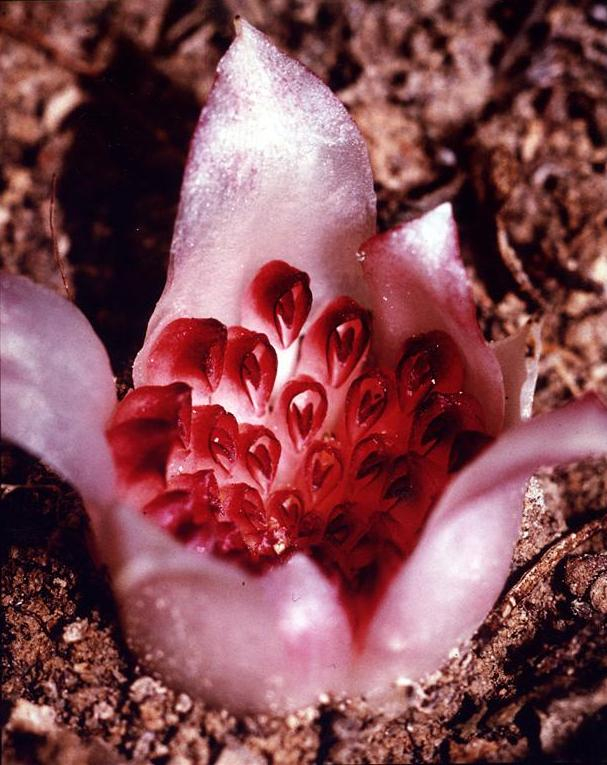
Source: The Orchids of Western Australia 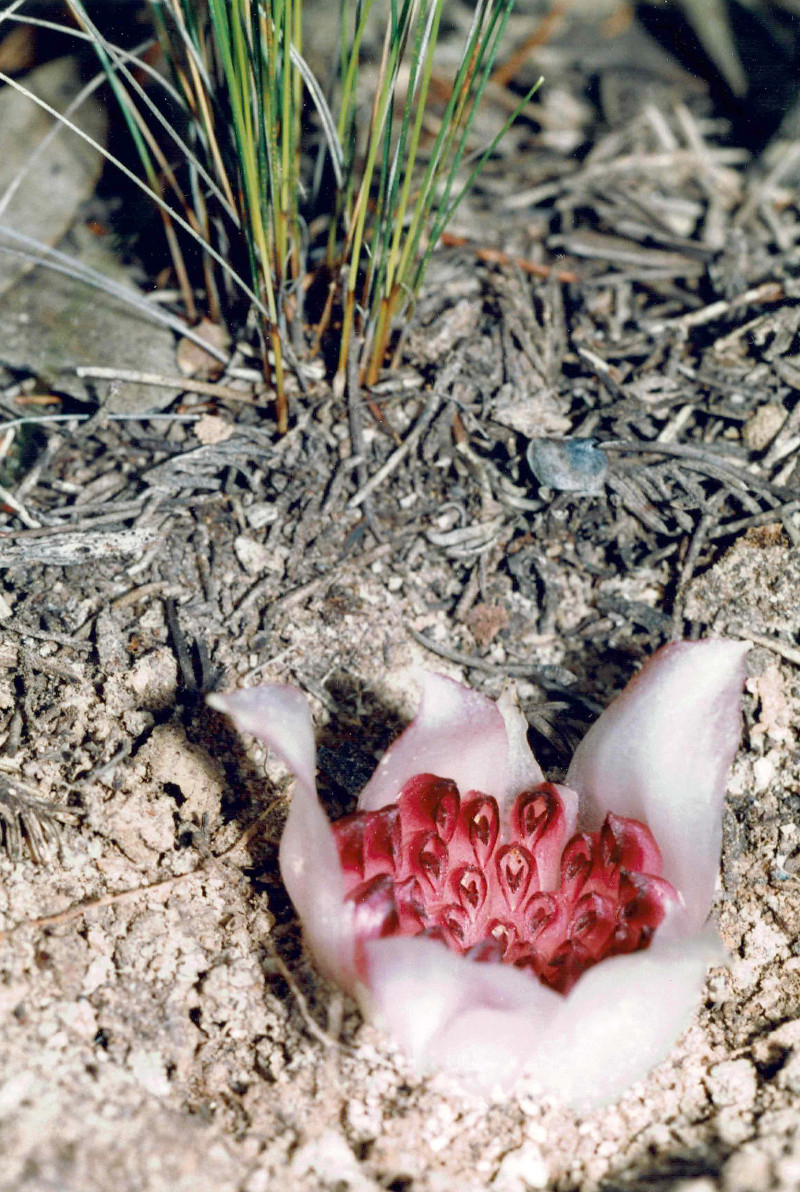
Source: Our Breathing Planet -
Jade Vine has the scientific name Strongylodon macrobotrys and is known by many other native names such as emerald vine or turquoise jade vine. Jade Vine is a rare and distinctive-looking plant, which is a woody vine from the Philippines with long stems and large, elliptical dark leaves. The tree is native to the tropical forests of the Philippines, each stem can reach up to 18 m in length.
For identification, Jade Vine comes in big drooping clusters and they look a bit like claws or the beaks of parrots. The claw-shaped flowers are carried in pendant trusses or pseudoracemes of 75 or more flowers and can reach as much as 3 m long. In the shade, the plant is blue to turquoise in color or from blue-green to mint green plus its distinctive shape makes it unusual among other flower varieties in the world. In the Philippines, the jade vine is edible and used similarly to Sesbania grandiflora.Type of plant: woody perennial vine.
Size: up to 18 feet tall (5.4 meters tall).
Conservation status: vulnerable.
Origin: Philippines.
Reason for being rare: Destruction of natural habitat.Refer to: https://www.gardeningchores.com/rare-flowers/
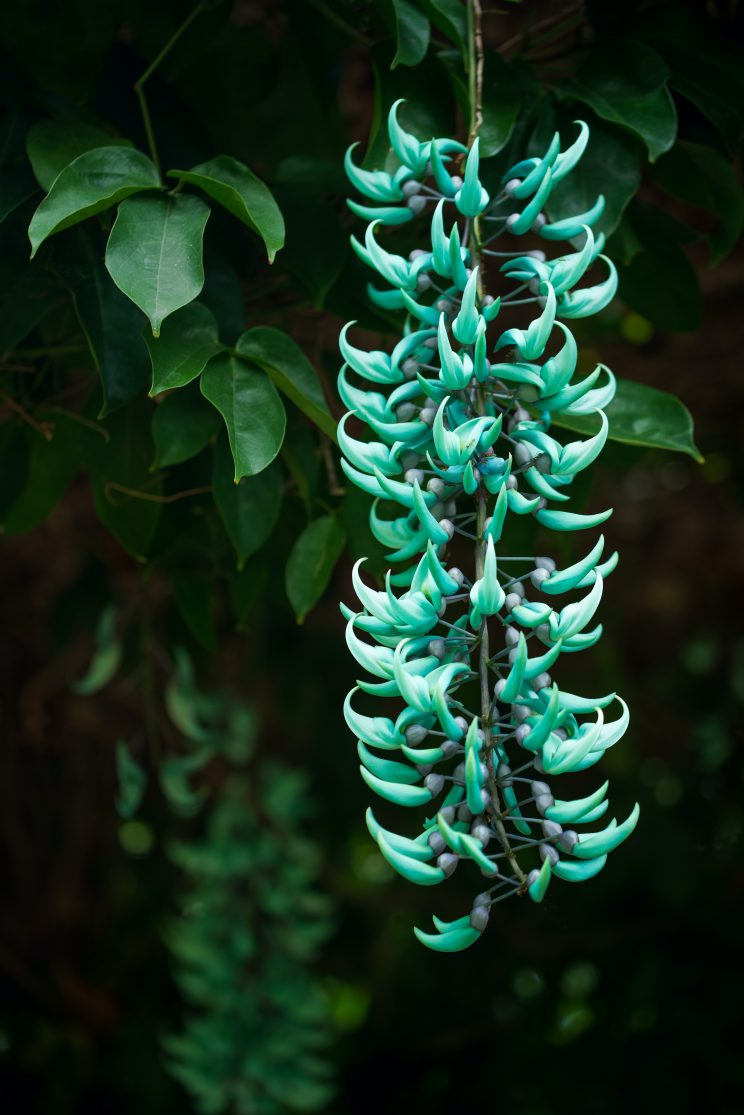
Source: Manila Bulletin 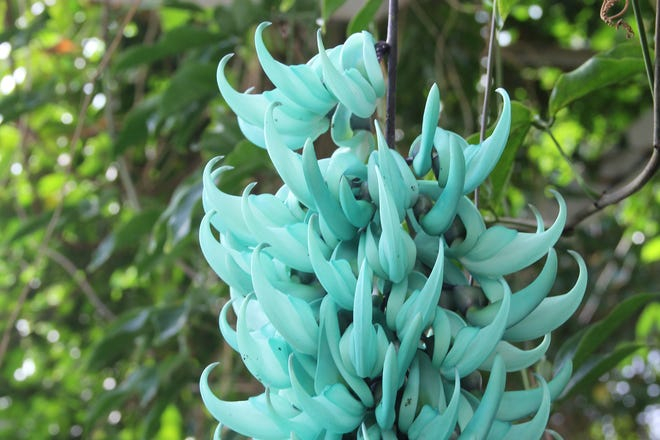
Source: The Columbus Dispatch -
The Gibraltar campion is also known as Silene tomentosa, is a very rare flowering plant of the genus Silene and the family Caryophyllaceae, its scientific name is Silene tomentosa. Belonging to a woody-based perennial, each Gibraltar campion tree can be about 40 cm high, which blooms flowers ranging from pink to pale violet, and is endemic to Gibraltar.
Gibraltar campion has a not too special appearance, but it is still on the list of rare flowers in the world because the flower was once extinct and was found back in 1992. After being found again, Gibraltar campion was propagated at the Millennium Seed Bank, and the type specimen is kept at the Royal Botanic Gardens, Kew in London. Currently, Gibraltar campion is more commonly found in the rocky outcrops of the Rock of Gibraltar or the Gibraltar Botanical Gardens.Type of plant: woody based perennial.
Size: 15 inches tall (40 cm).
Conservation status: critically endangered.
Origin: Gibraltar. Literally just there.
Reason for being rare: very small natural habitat.Refer to: https://www.gardeningchores.com/rare-flowers/
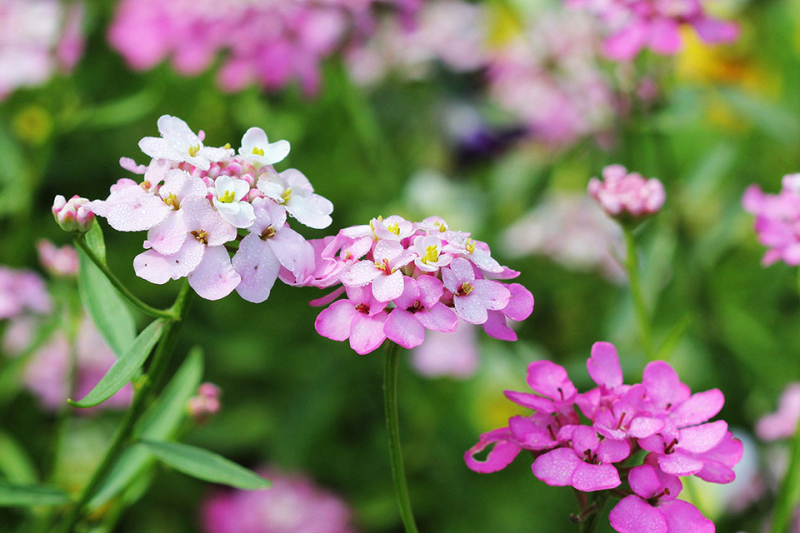
Source: Spirit of the Rock 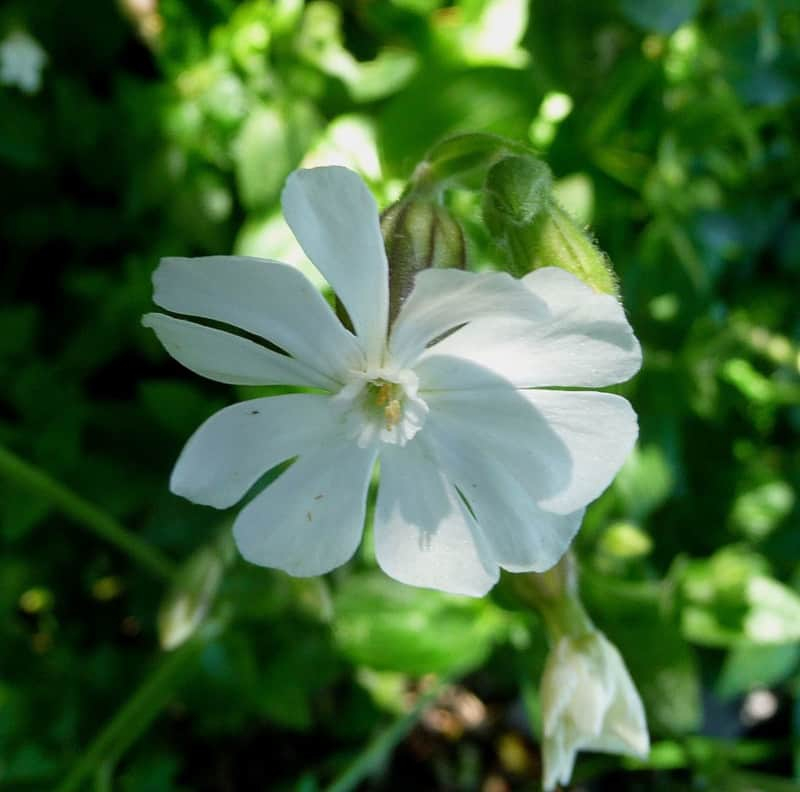
Source: Our Breathing Planet -
Sea Daffodil's scientific name is Pancratium maritimum, it is a species native to the Canary Islands and both sides of the Mediterranean region and the Black Sea from Portugal, Morocco, and the Balearic Islands east to Turkey, Syria, Israel, and the Caucasus. In addition, Sea Daffodil is also naturalized in southern California, Bermuda, and the Azores.
Sea Daffodil flowering is from August to October and usually grows mainly on beaches and coastal dunes, often with much of the leaves and scapes buried in the sand. Besides the name Sea Daffodil, other vernacular names are sea lily, sand daffodil, sand lily, and lily of St. Nicholas... In summer, Sea Daffodil grows straight out of the sand in clumps, which makes it quite unusual too. Today, plans are made to try to preserve Sea Daffodil in all the seas where the plant exists.Type of plant: bulbous perennial.
Size: 1 foot tall (30 cm) with large and showy flowers.
Conservation status: endangered.
Origin: Mediterranean beaches.
Reason for being rare: tourists are destroying its habitat.Refer to: https://www.gardeningchores.com/rare-flowers/
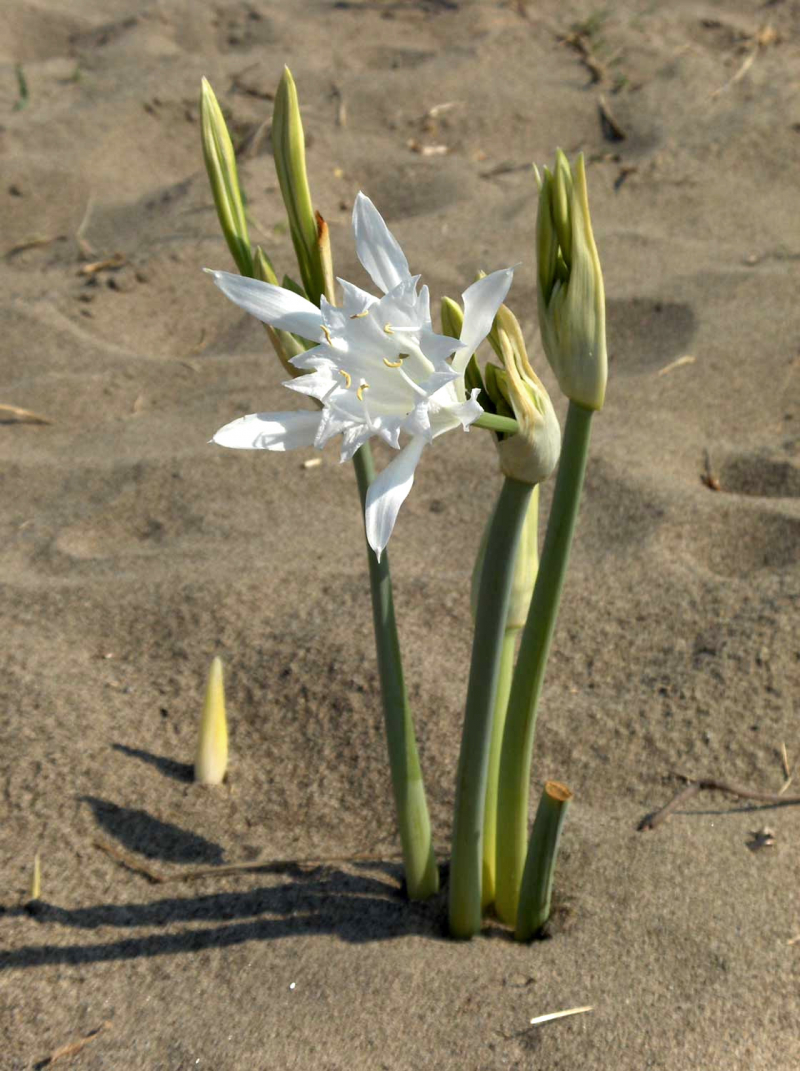
Source: Wikipedia 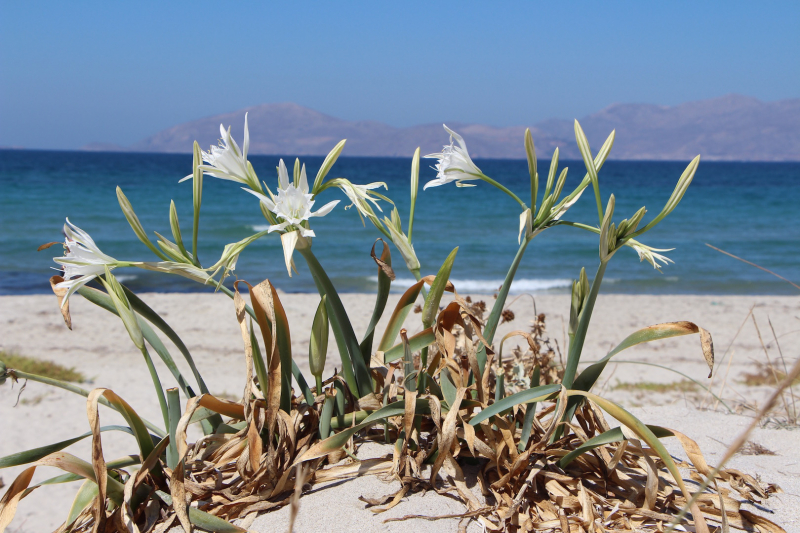
Source: Discovering Kos -
The Shenzhen Nongke Orchid is a completely man-made flower, it was developed during 8 years of research in agricultural science by its namesake Shenzhen Nongke Group in China. In 2005 the flower was sold at auction to an anonymous bidder for a jaw-dropping 1.68 million Yuan, or £160,000.
The Shenzhen Nongke Orchid is an orchid of the Gloriosa genus that may be rare, so it has a certain popularity. Another reason why it is so rare is that the appearance of the Shenzhen Nongke Orchid is not as sad as other flowers we have seen. The Shenzhen Nongke Orchid has green to yellow petals with a bright magenta labellum, although, like common varieties, this plant is very rare in China because it only blooms once every 4 years, that interest makes The Shenzhen Nongke Orchid Shenzhen Nongke Orchid is enthusiastically sought after by many flower enthusiasts.Type of plant: perennial.
Size: up to 2 feet tall (60 cm).
Conservation status: N/A.
Origin: China, it’s a cultivar, so not a natural variety.
Reason for being rare: very rare cultivar.Refer to: https://www.gardeningchores.com/rare-flowers/
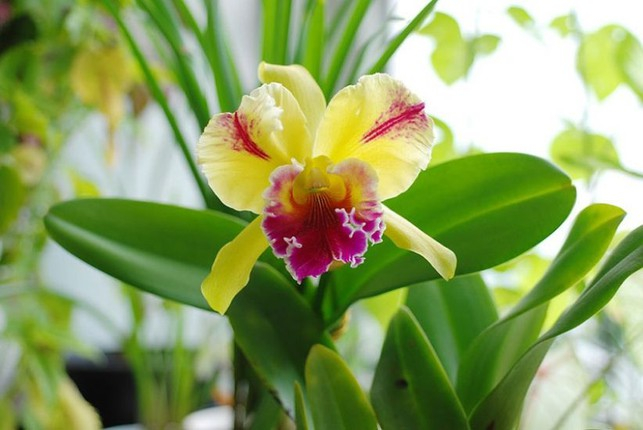
Source: Vietnam Daily 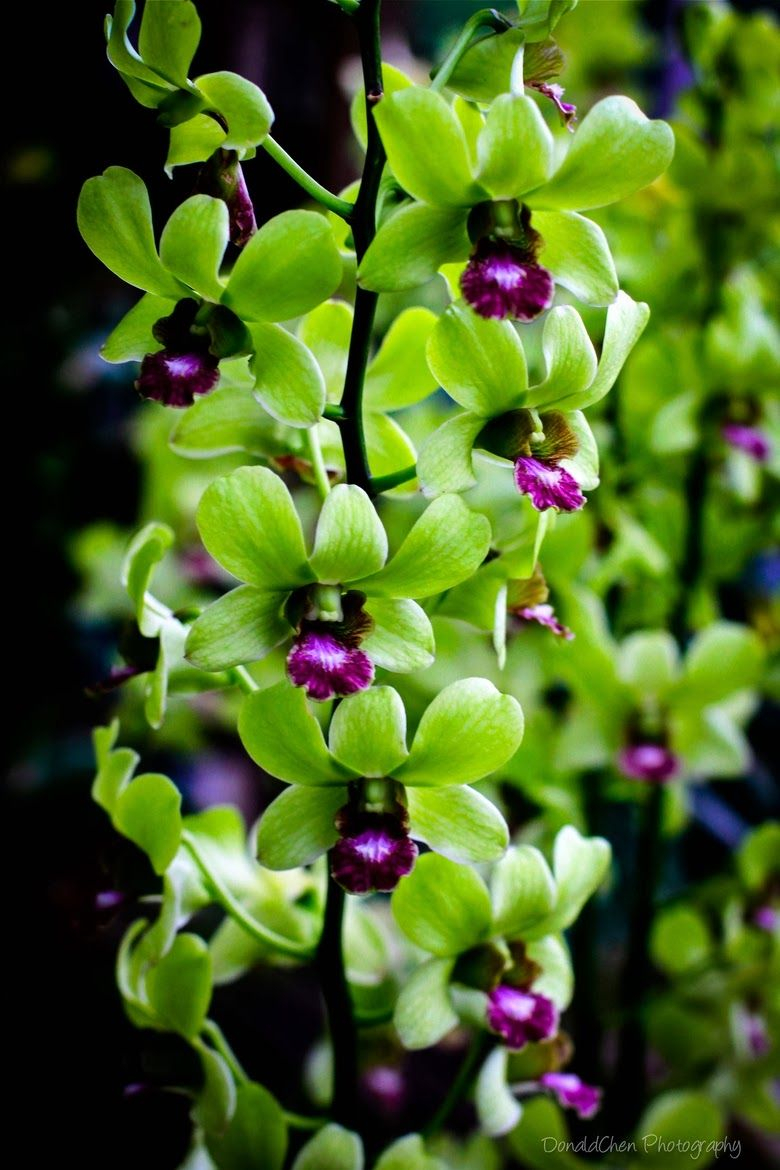
Source: Pinterest









